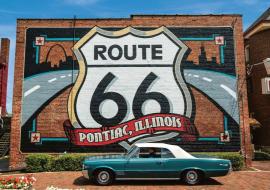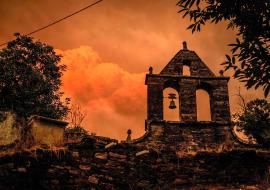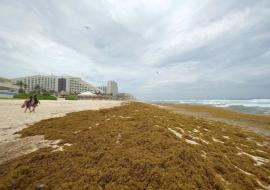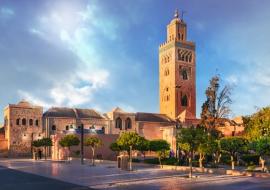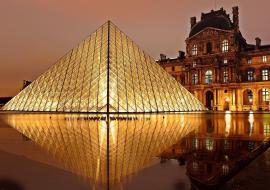The Life of Carlos Segrera Fernandez
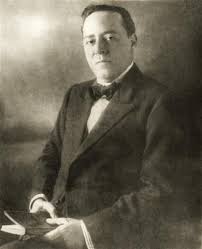
Do you happen to know that the Santiago de Cuba we presently see owes most of its image to one of its most prolific sons? The Excelencias Group invites you to learn more about an indispensable man in the history and architecture of Santiago: Carlos José Román del Carmen Segrera Fernández.
Click on Santiago de Cuba: A City of 500 Years
He began his university studies at the Higher Technical Engineering School, in Barcelona, Spain, and he later went to Master Builders and Surveyors School in Havana. Afterwards, he joined the Architecture studies and graduated in the first course specialty. Upon returning to Santiago, he was in charge of outlining houses, hotels, theaters, malls and museums.
People say that two-story constructions were the prevailing model at the time. The city started to grow to the sky with Segrera. Thanks to architects Marta Elena Lora Álvarez and Carmen Lemos Frómeta, the people of Santiago can discover the legacy of this artist on the book entitled Carlos Segrera.
The book tackles an interesting period in the city: the first 25 years of the 20th century, when momentous political and social changes were reflected in the architecture and design. For instance, it reflects that this architect was the master mind behind the construction of 47 public works in the Capital of the Caribbean, and there are other 17 that are said to be his too.
All of these works feature, like a common language, the quality of the making process, large-scale projects that went beyond the mere architectural object and became art. Céspedes Park carries the mark of Segrera, author of the image of the Cathedral we presently know, as well as the Casa Granda Hotel, San Carlos Club, and the former Venus Hotel.
His signature also appears in other remarkable projects at Aguilera Street, such as the old Salcedo building, right in the intersection with San Félix Street; Emilio Bacardí Museum and the Government Provincial Palace, two of the most emblematic properties, which still show most of the aesthetic attributes that characterized Segrera’s eclectic style.
The popular Enramadas Street includes some of his iconic edifications in this region: the old America Hotel, La California store and the first Chamber of Commerce of Santiago de Cuba, which is the current Business Center. The Imperial Hotel stands out, a gem that amazed visitors during the early 20th century because of its height, as well as the elegance of its decoration, different in each of the three higher floors.
From the urban point of view, Segrera also had an impact on the renovation of such spaces as Vista Alegre Park or Plaza de Marte. One of the most outstanding merits of the artist, who was also the author of public works in Vista Alegre neighborhood, as well as in Las Tunas and Manzanillo, is the fact that he achieved all of it as a professional graduated in a Cuban high studies center with a Cuban education program.
Omar López, Curator of the City, expressed on the book’s prologue: “If Santiago de Cuba is the city of Heredia, Maceo and Matamoros; it’s also Segrera’s. His everlasting and singular work can be seen in the city’s squares and corners, inviting us to dream about this city and love it, as it lives with that material and spiritual heritage that identifies us”.








